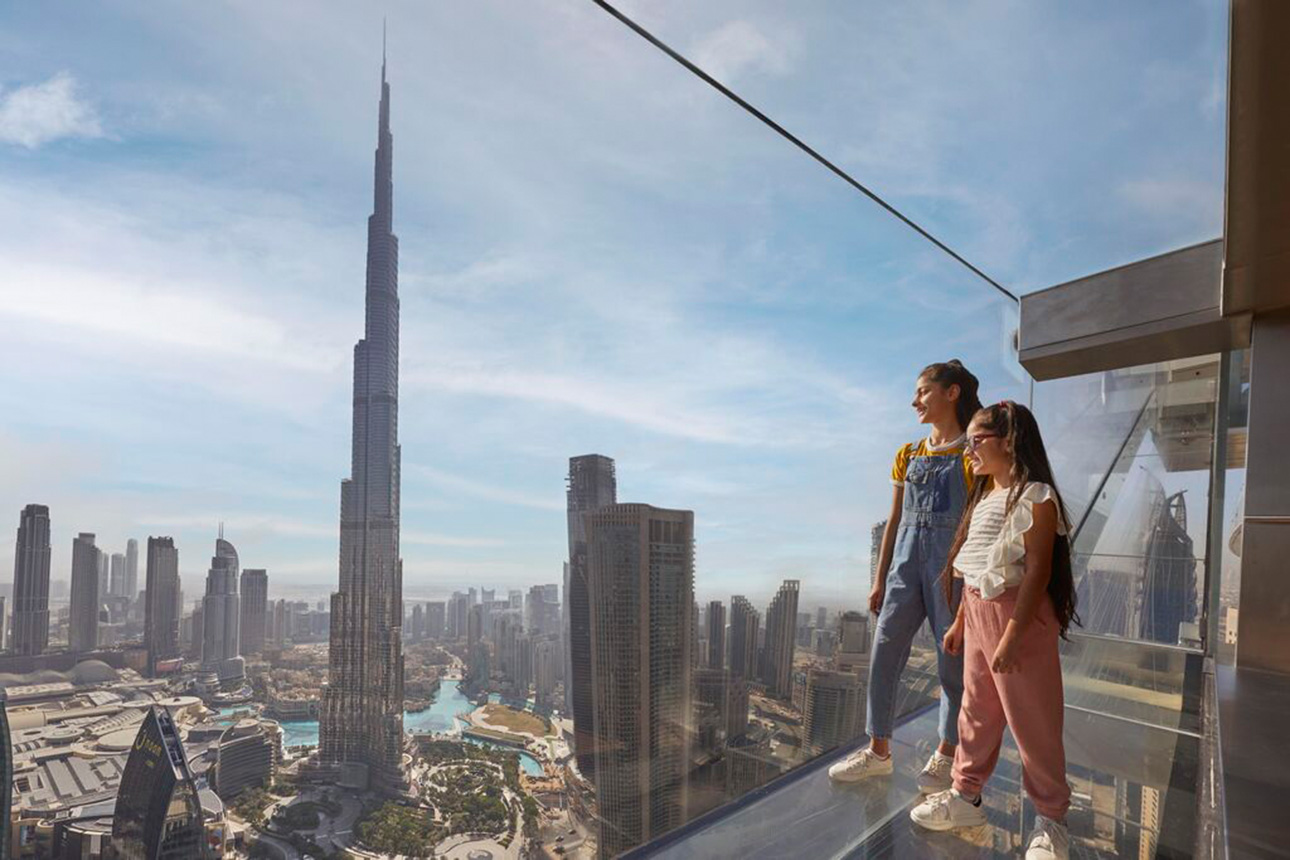Dubai, a city synonymous with innovation and modern living, is witnessing a remarkable surge in co-living spaces, offering a chic and convenient alternative for the city’s young professionals. This trend reflects a shift in lifestyle preferences, with an increasing number of individuals opting for communal living arrangements that prioritize flexibility, social connectivity, and a vibrant urban experience.
1. Urban Lifestyle Redefined:
Co-living spaces in Dubai are redefining the urban lifestyle, providing young professionals with a contemporary and community-focused living experience. These spaces blend the convenience of city living with a sense of community, creating an environment where residents can live, work, and socialize seamlessly.
2. Flexible Living Arrangements:
The flexibility offered by co-living spaces is a major draw for young professionals in Dubai. Many of these spaces provide short-term lease options, allowing residents to adapt their living arrangements based on changing work or personal circumstances. This flexibility aligns with the dynamic nature of modern professional life.
3. Community-Centric Design:
Co-living spaces prioritize community-centric design, fostering interaction among residents. Communal areas, shared kitchens, and collaborative workspaces create opportunities for socializing and networking. This communal living concept resonates with young professionals seeking a more connected and engaging living experience.
4. Amenities for Modern Living:
These spaces often come equipped with a range of amenities catering to the modern lifestyle. High-speed internet, coworking spaces, fitness facilities, and social areas contribute to a well-rounded living environment. The emphasis on convenience enhances the overall quality of life for residents.
5. Cost-Efficiency:
Co-living can be a cost-effective solution for young professionals in Dubai, especially considering the city’s real estate landscape. Shared living spaces often come with inclusive utility packages, eliminating the need for separate bills. This affordability factor appeals to those looking for stylish living without the financial strain.
6. Networking Opportunities:
The social aspect of co-living extends beyond shared spaces. Many co-living providers organize events, workshops, and networking sessions, fostering a sense of community and providing residents with opportunities to connect both socially and professionally.
7. Prime Locations:
Co-living spaces are strategically located in prime areas of Dubai, providing residents with easy access to key business districts, entertainment hubs, and cultural attractions. This central positioning adds to the overall appeal, saving time on commutes and enabling a more immersive urban experience.
8. Entrepreneurial Ecosystem:
Dubai’s co-living trend aligns well with the city’s burgeoning entrepreneurial ecosystem. Many young professionals pursuing entrepreneurial ventures find co-living spaces conducive to collaboration and idea exchange, creating an environment that supports innovation.
9. Inclusive Services:
Co-living providers often offer inclusive services such as cleaning, maintenance, and community management. This hassle-free approach allows residents to focus on their careers and personal pursuits without the burden of day-to-day household tasks.
10. Sustainability Focus:
With an increasing emphasis on sustainability, some co-living spaces in Dubai incorporate eco-friendly practices and design elements. This aligns with the values of environmentally conscious young professionals seeking accommodation that reflects their commitment to sustainability.
In conclusion, the surge in co-living spaces in Dubai reflects a shift in housing preferences among young professionals. The combination of flexibility, community-centric design, and modern amenities positions co-living as a trendy and viable alternative to traditional living arrangements. As Dubai continues to evolve as a global city, co-living spaces contribute to the dynamic and innovative lifestyle choices available to its residents.
